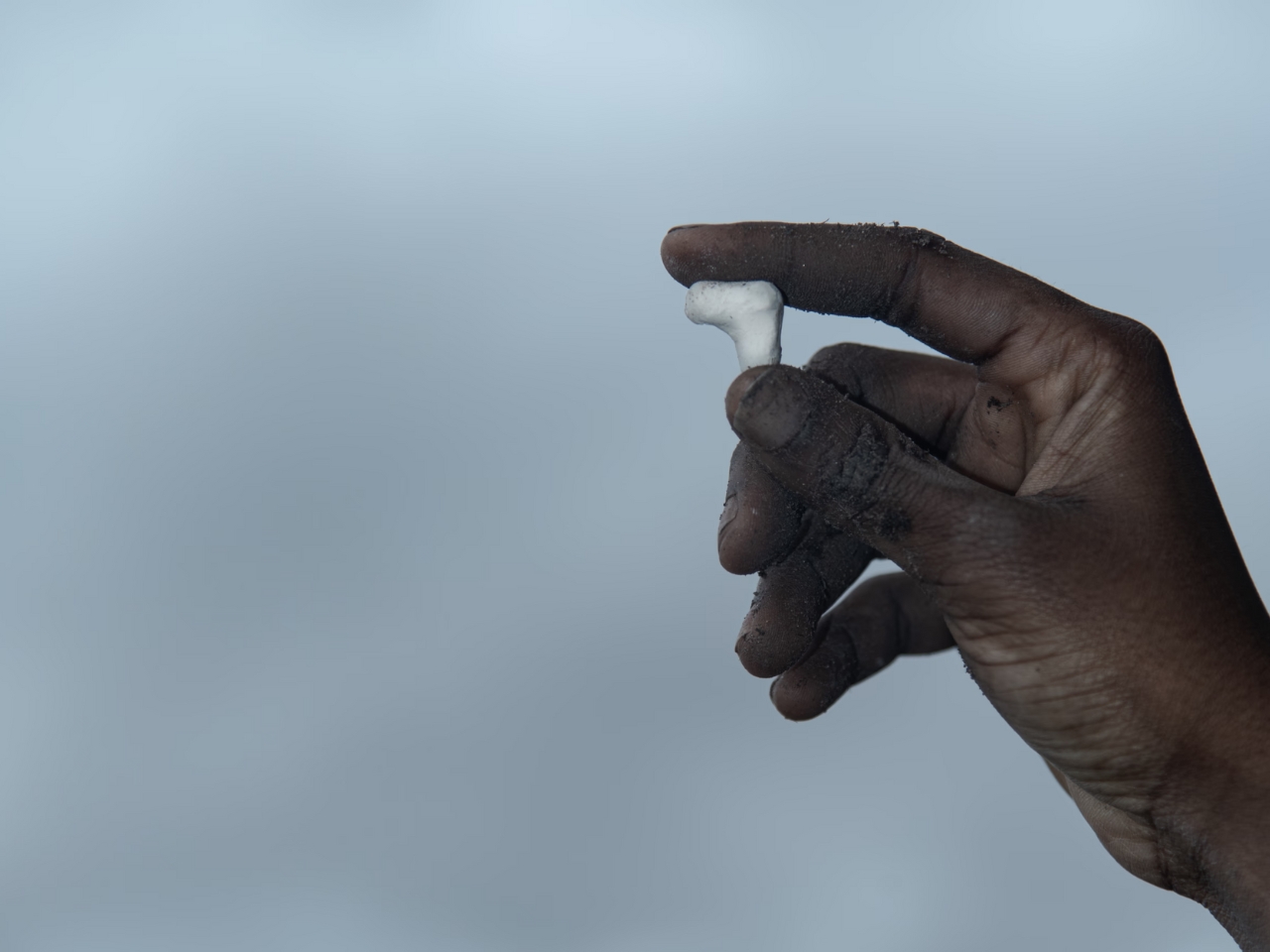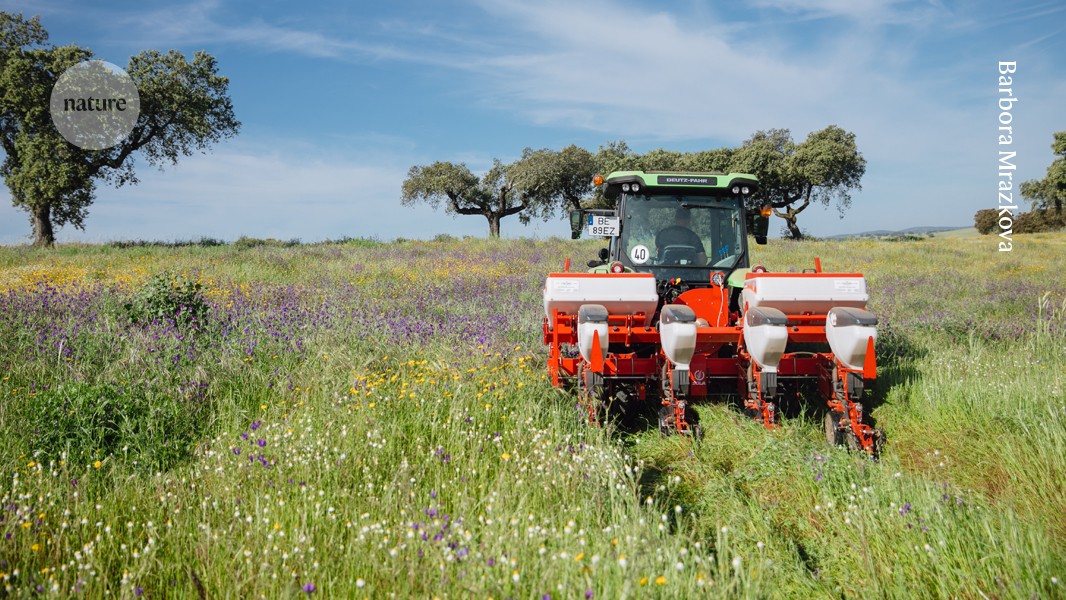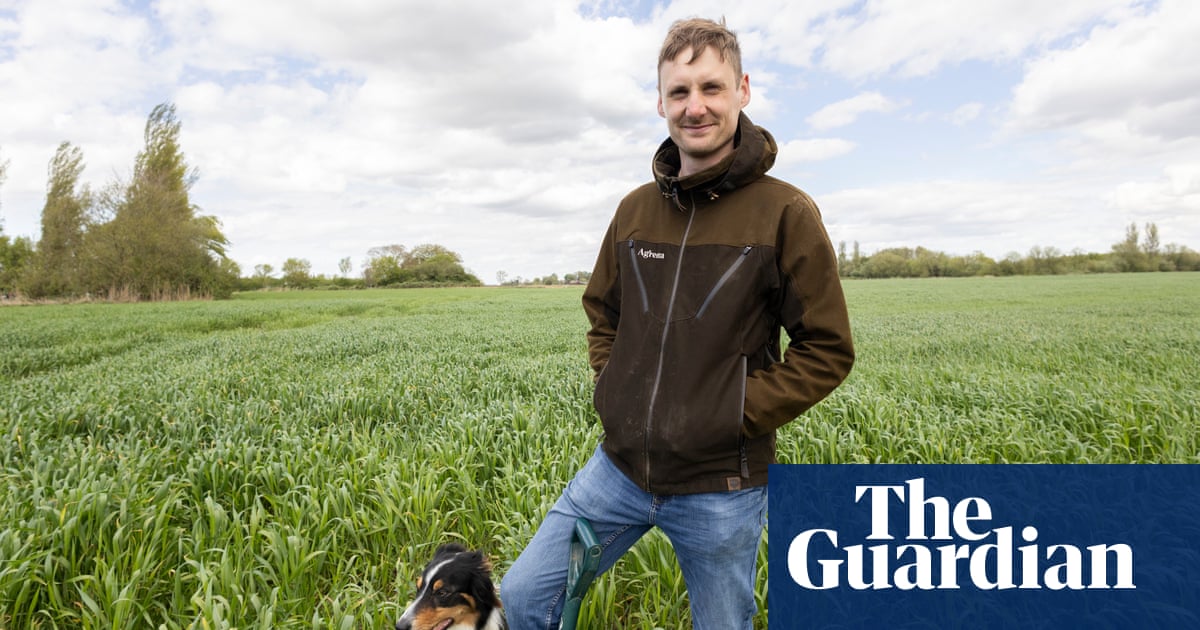fromDaily Coffee News by Roast Magazine
3 months agoRainforest Alliance Launching Regenerative Agriculture Certification for Coffee
Rainforest Alliance just announced the launch of a new standard and certification for regenerative agriculture in coffee, with a distinct 'regenerative' seal expected to land on consumer coffee bags in 2026. The organization, which reduced requirements for its core sustainable agriculture certification earlier this year, said the new regenerative agriculture add-on is designed to give farmers and buyers a science-based pathway to achieve positive outcomes in soil health, biodiversity, water stewardship, climate resilience and livelihoods.




